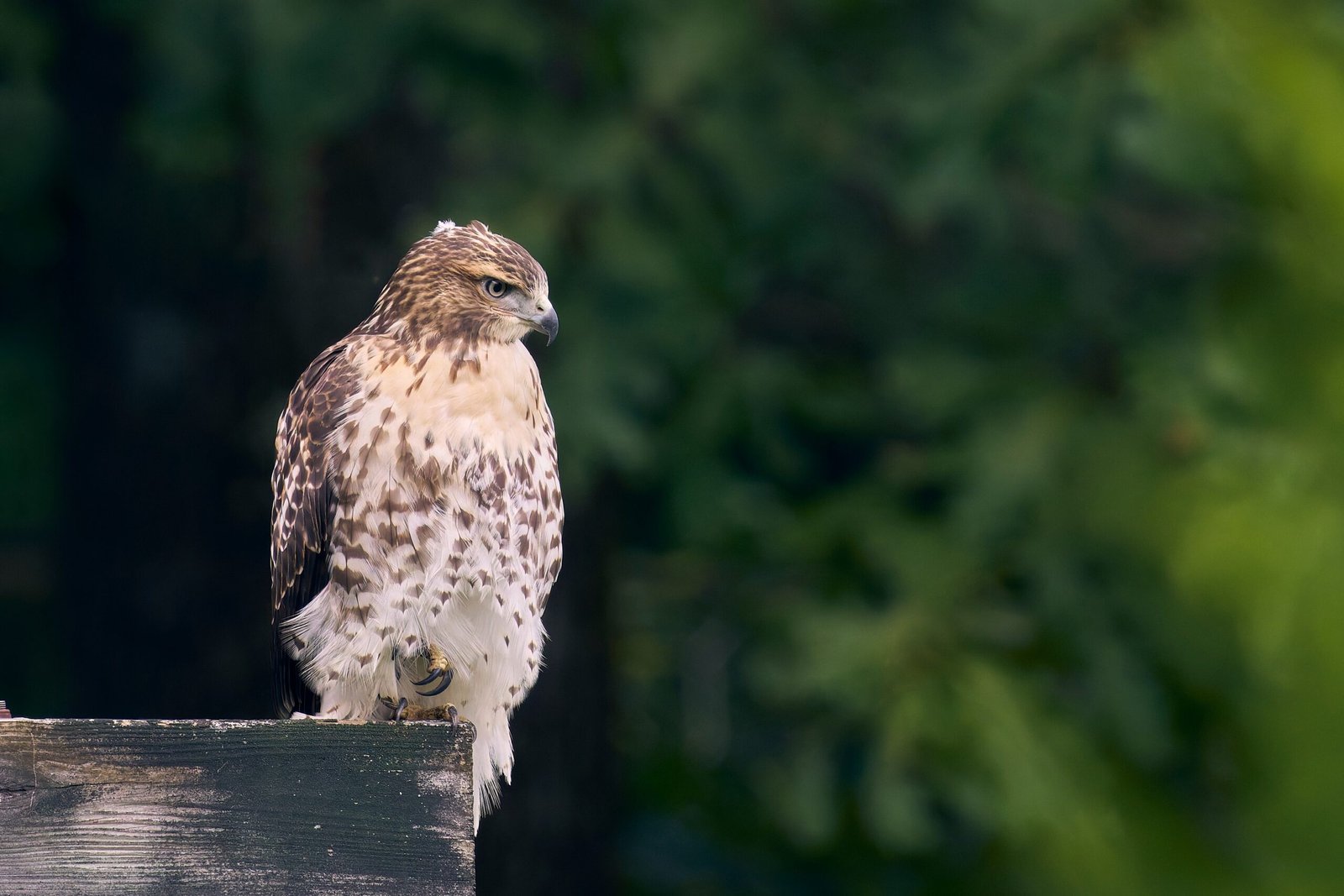The allure of keeping a wild bird as a pet can be tempting for many. Their vibrant feathers, distinct calls, and captivating behaviors make them seem like the perfect companions. However, not all birds are suited for life in captivity, particularly those that thrive in the wild. This article explores ten American wild birds that should remain free, not only for their well-being but also for ours. These birds contribute to the ecosystem in ways that domestic environments cannot replicate, and keeping them as pets can lead to unintended consequences. Let’s find out why these birds are best left in their natural habitats.
The Majestic Bald Eagle
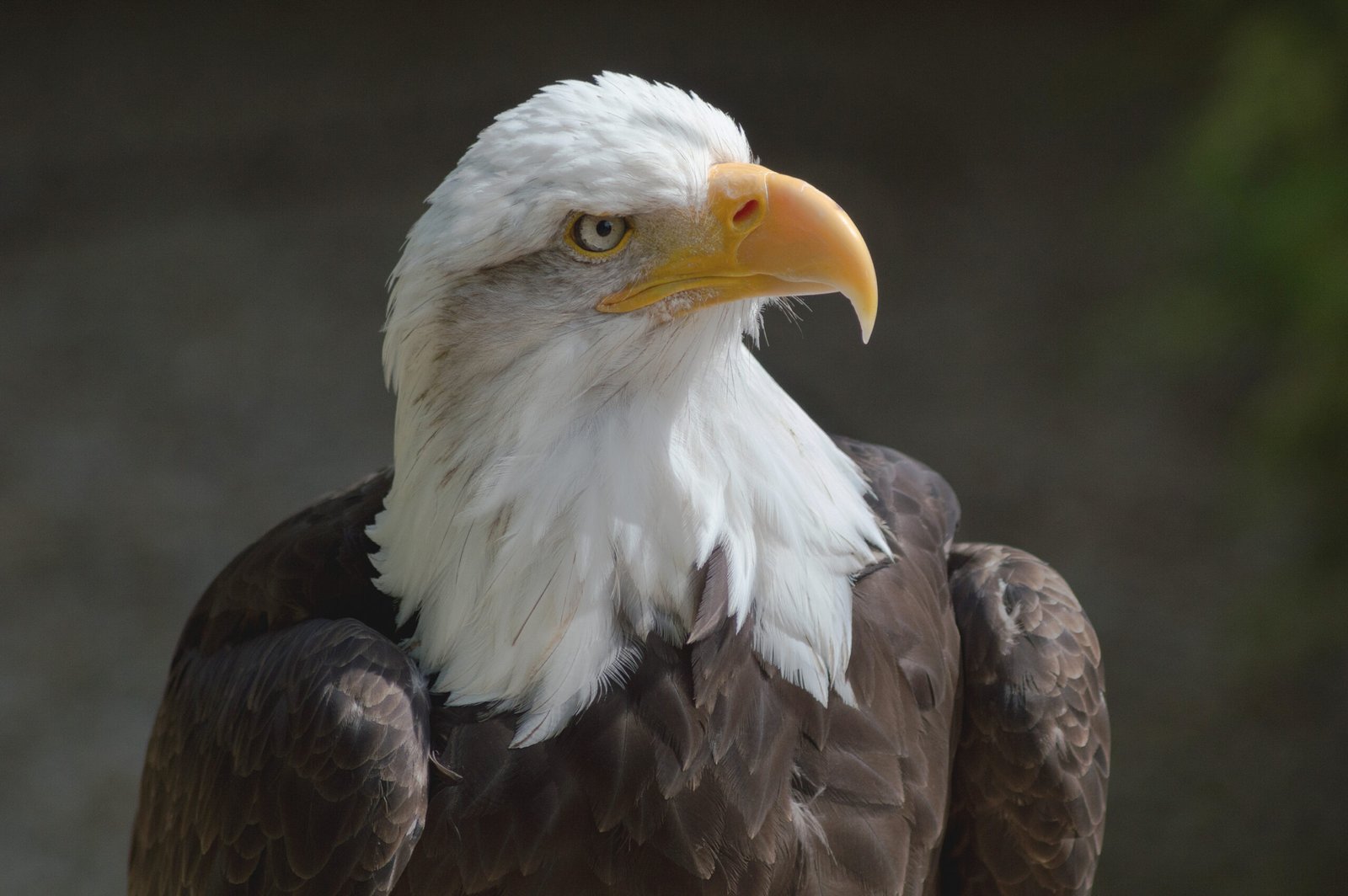
The beauty and diversity of wild American birds make them fascinating to observe, but that doesn’t mean they belong in cages. Many people are drawn to the idea of keeping these stunning creatures as pets, unaware that doing so is often harmful, illegal, and detrimental to both the birds and the ecosystem. Wild birds have specific needs that captivity simply can’t meet, and their removal from nature can disrupt local environments.
The Bald Eagle, a symbol of freedom and strength, is one of America’s most iconic birds. With a wingspan that can reach up to seven feet, these birds are built for the open skies. Their keen eyesight allows them to spot prey from miles away. Keeping a Bald Eagle as a pet is not just impractical but illegal. These birds are protected under the Bald and Golden Eagle Protection Act. In captivity, they suffer due to the lack of space and the inability to hunt naturally. Their diet, primarily consisting of fish, is difficult to replicate in a household setting. Moreover, their sharp talons and beaks can be dangerous, making them unsuitable for domestic life.
The Vivacious American Kestrel
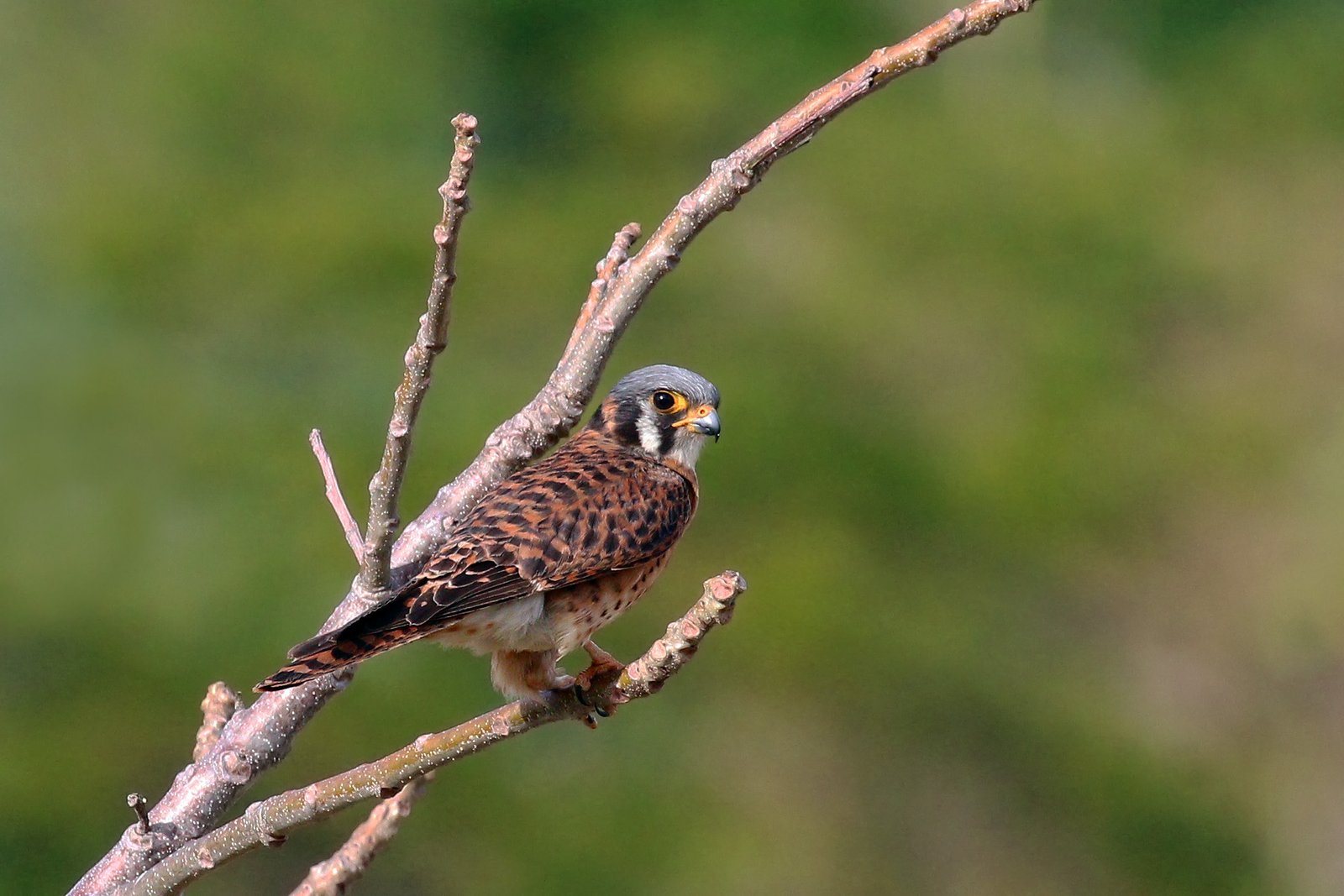
Known for its vibrant plumage and agile flight, the American Kestrel is the smallest falcon in North America. Despite its size, this bird is a formidable hunter. Kestrels need to cover large areas to hunt insects and small mammals. Captivity restricts their natural instinct to roam and hunt. Moreover, their diet of live prey is challenging to provide in a home environment. The stress of confinement can lead to behavioral issues and poor health. These birds thrive when they can soar through the sky and experience the thrill of the hunt, something a cage simply cannot offer.
The Elusive Great Horned Owl

The Great Horned Owl, with its striking tufts and piercing yellow eyes, is a nocturnal predator that commands respect. These owls are masters of stealth, gliding silently through the night to catch their prey. In captivity, their natural behaviors are suppressed, leading to frustration and stress. Owls require a diet rich in rodents, something not easily accommodated in a domestic setting. Additionally, their talons are incredibly strong, posing a risk to those unprepared for their power. Owls are solitary creatures, and the constant presence of humans can be overwhelming for them. They are best admired from afar in their natural nighttime habitat.
The Spirited Red-tailed Hawk

The Red-tailed Hawk is a common sight across the American landscape, often seen soaring high with its distinctive cry. These birds are vital to controlling rodent populations in the wild. Captivity limits their ability to perform this ecological role. Red-tailed Hawks require vast territories to hunt and thrive, which cannot be replicated in a home setting. Their diet of live prey is difficult to maintain, and the stress of confinement can lead to health issues. These majestic birds are not only crucial for the ecosystem but also embody the spirit of freedom that should not be caged.
The Vibrant Scarlet Tanager
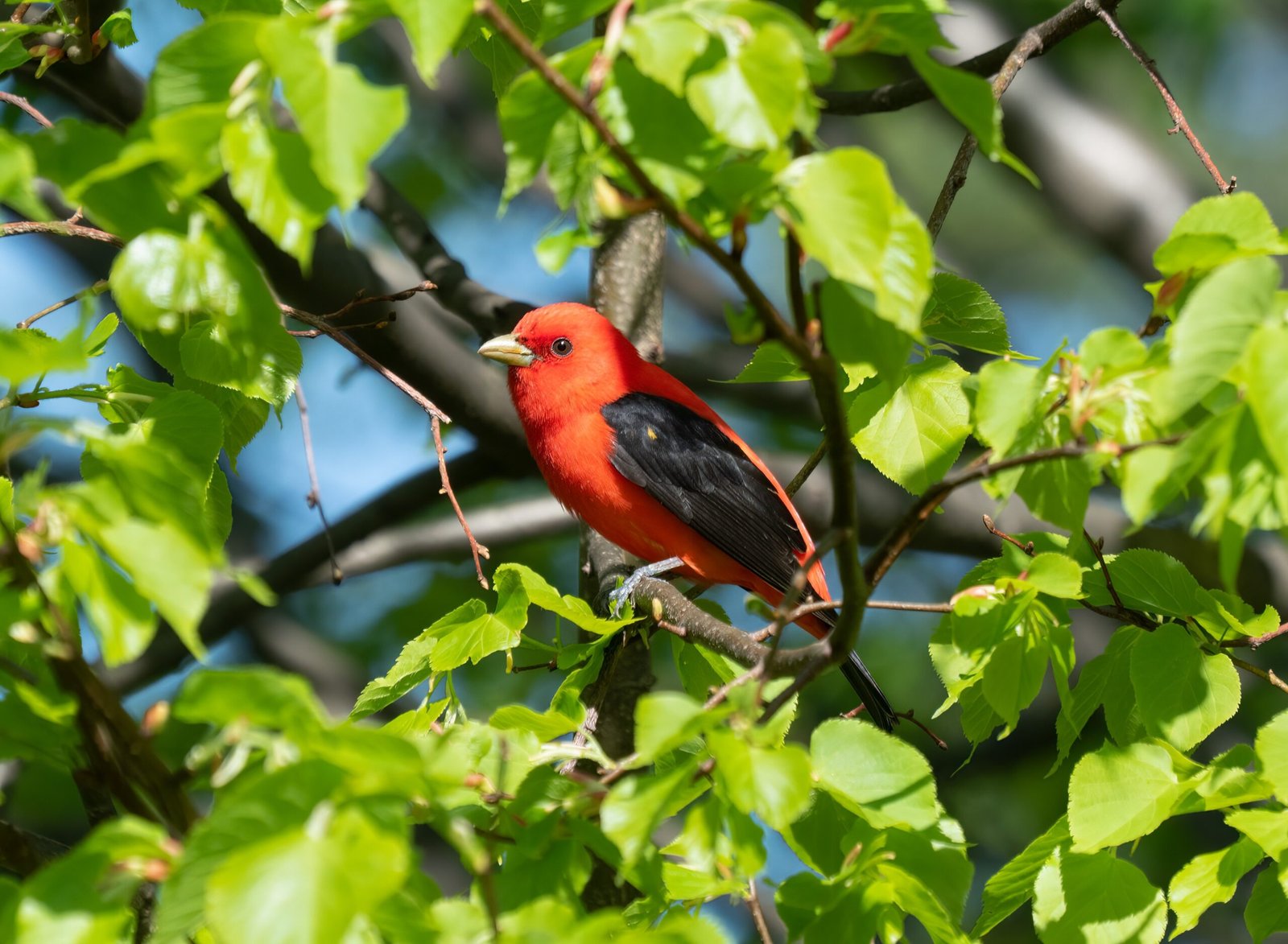
With its bright red plumage, the Scarlet Tanager is a sight to behold during the summer months. This bird migrates thousands of miles from South America to North America, showcasing its incredible endurance and navigational skills. Capturing such a bird for pet purposes robs it of its natural life cycle. In captivity, Tanagers cannot perform their migratory journey, leading to significant stress and health problems. Their diet, which includes a variety of insects and fruits, is challenging to replicate. The Scarlet Tanager’s beauty is best appreciated in the wild, where it can live out its natural behaviors and contribute to the ecosystem.
The Graceful Snowy Owl
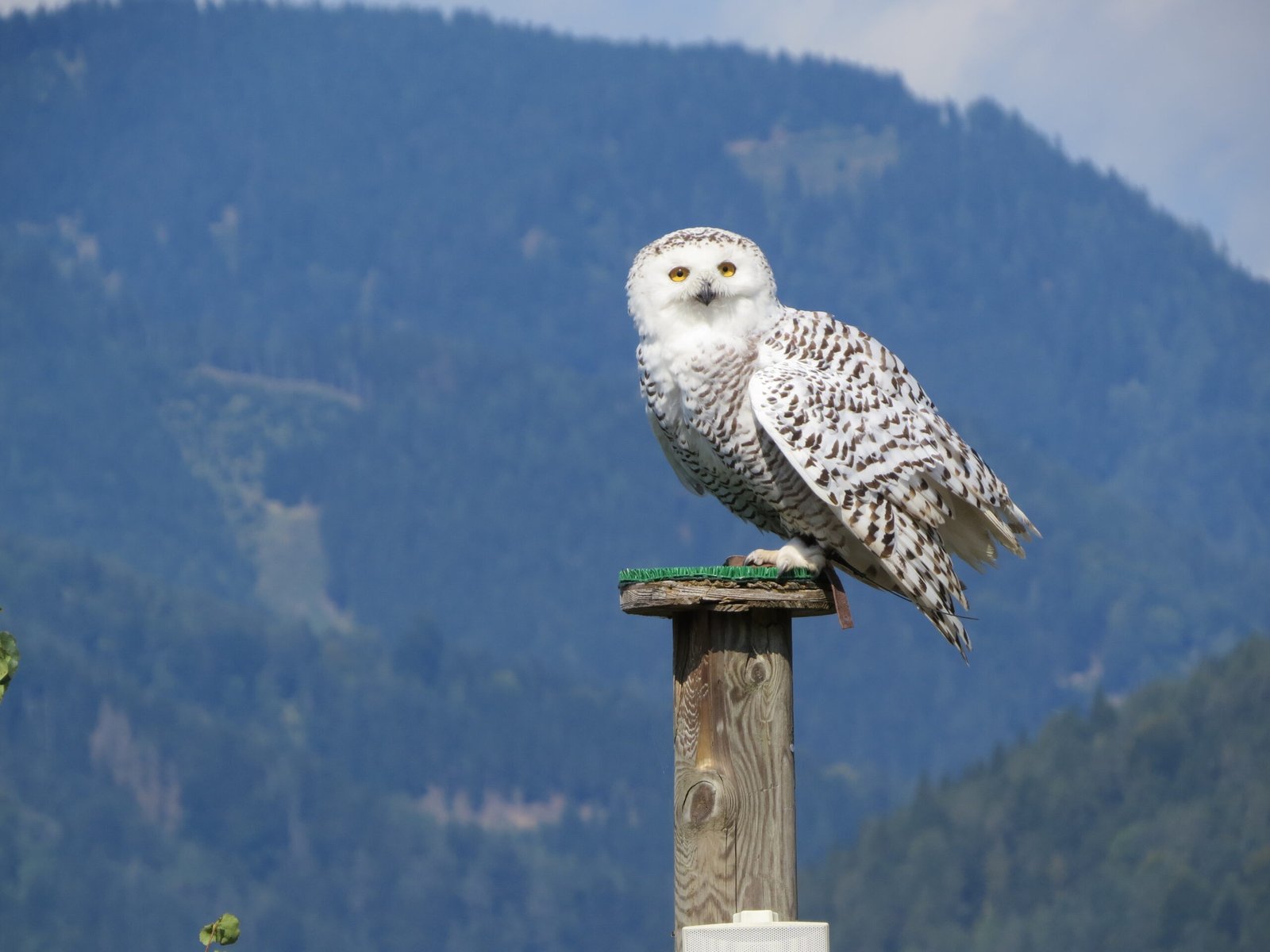
Made famous by its appearances in popular culture, the Snowy Owl is a bird of the Arctic tundra. Its striking white feathers and intense gaze make it a favorite among bird enthusiasts. However, the Snowy Owl is not suited for life as a pet. These owls require vast open spaces and a cold environment to thrive. Their diet consists mainly of lemmings, which are not easily available in a domestic setting. Captivity can lead to stress and illness, as these birds are not adapted to confined spaces. The Snowy Owl’s beauty and grace are best observed in its natural, snowy habitat.
The Mysterious Common Raven

Ravens are known for their intelligence and problem-solving abilities, often surprising researchers with their cognitive skills. These birds are social creatures, thriving in the company of their kind. Captivity isolates them from their natural social structures, leading to boredom and depression. Ravens require a stimulating environment to engage their minds, something a domestic setting often lacks. Their varied diet of insects, small animals, and even carrion is not easily replicated at home. Though fascinating, the Common Raven is not a suitable pet due to its complex needs and social nature.
The Energetic American Crow
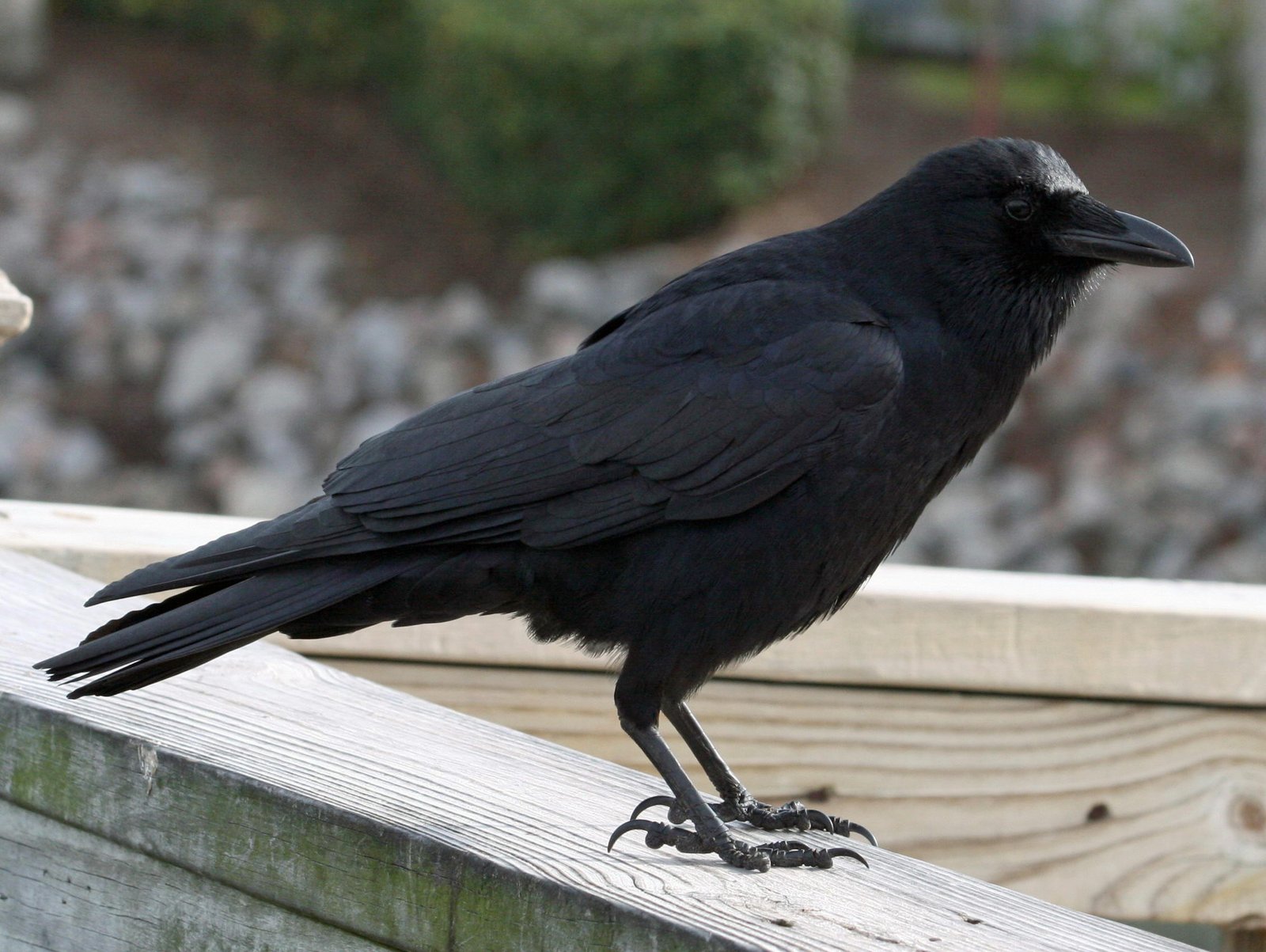
Crows are another highly intelligent bird species, known for their adaptability and resourcefulness. These birds are often seen in urban environments, quickly learning to navigate and exploit human spaces. Despite their adaptability, crows do not fare well in captivity. They are social animals, requiring interaction with other crows to thrive. A solitary life in a cage can lead to severe behavioral issues. Their diet is diverse, making it challenging to provide all their nutritional needs in a home setting. Crows are best appreciated for their intelligence and adaptability in the wild, where they can continue to learn and explore.
The Elegant Sandhill Crane
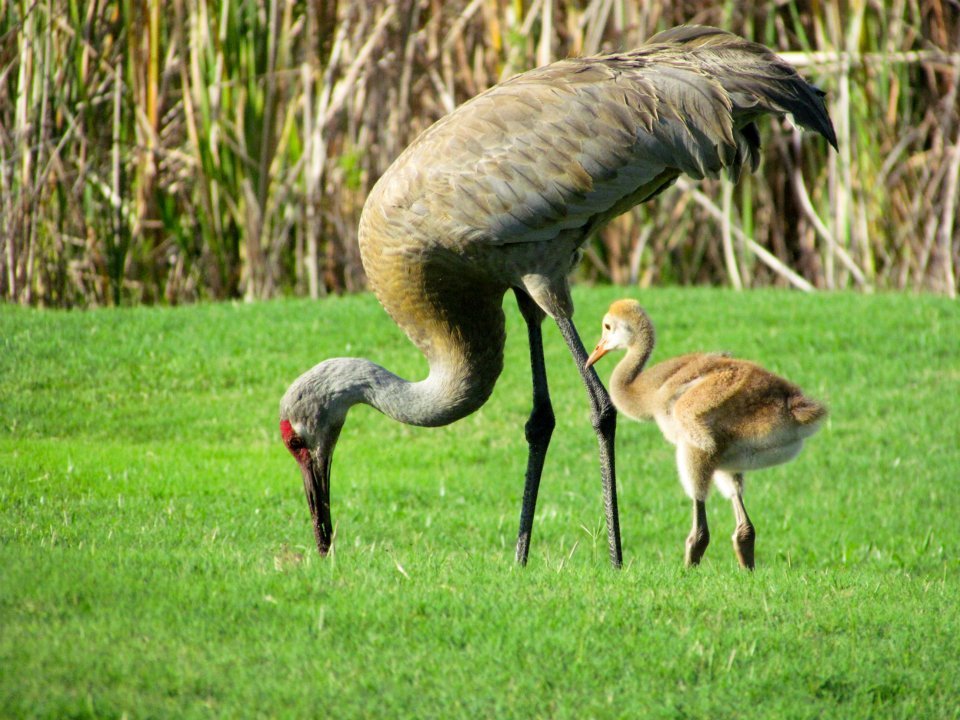
Sandhill Cranes are known for their elegant dances and long migrations. These birds are a sight to behold in the wild, with their graceful movements and distinctive calls. Captivity denies them the space they need to perform their natural behaviors. Sandhill Cranes are social creatures, often seen in large groups. Isolating them in a domestic environment can lead to loneliness and stress. Their diet of grains, insects, and small animals is difficult to manage in a home setting. The beauty of the Sandhill Crane lies in its freedom, and it should remain a wild and free creature.
The Colorful Painted Bunting
The Painted Bunting is a kaleidoscope of colors, with its vivid blues, greens, and reds. These birds are often sought after for their beauty, but they are not suitable pets. The Painted Bunting is a shy bird, requiring dense foliage to feel secure. In captivity, they cannot exhibit their natural behaviors and are prone to stress. Their diet of seeds and insects is hard to maintain, and their need for space and cover cannot be satisfied in a domestic setting. The Painted Bunting’s vibrant colors are best admired in nature, where it can live freely and contribute to the ecosystem.
While the idea of having a wild American bird as a pet may be appealing, it is crucial to consider the well-being of these magnificent creatures. Their natural behaviors, diets, and ecological roles are best supported in the wild, where they can thrive without the constraints of captivity. Let us appreciate these birds for their beauty and contributions to the ecosystem, leaving them to soar freely in their natural habitats.
Jen is a passionate nature lover and ocean conservationist. She has dedicated her life to protecting the environment and preserving the beauty of the natural world. Growing up in a small coastal town, Jen sincerely appreciated the ocean and its inhabitants. She has spent countless hours exploring the shoreline, learning about the creatures that inhabit the waters, and advocating for their protection. Jen is an active member of ocean conservation organizations, and she is committed to educating the public about the importance of conserving wildlife and the natural environment.

